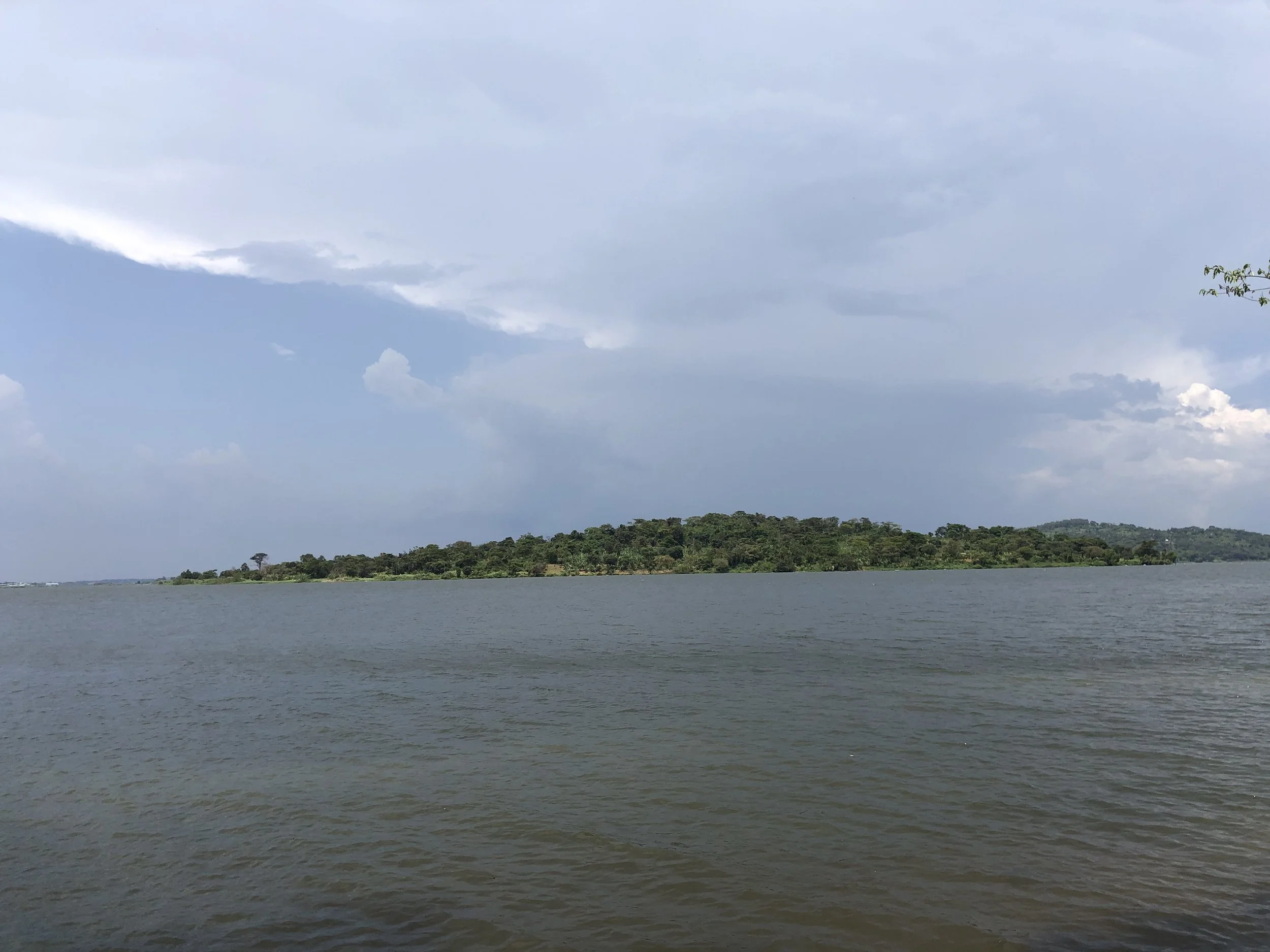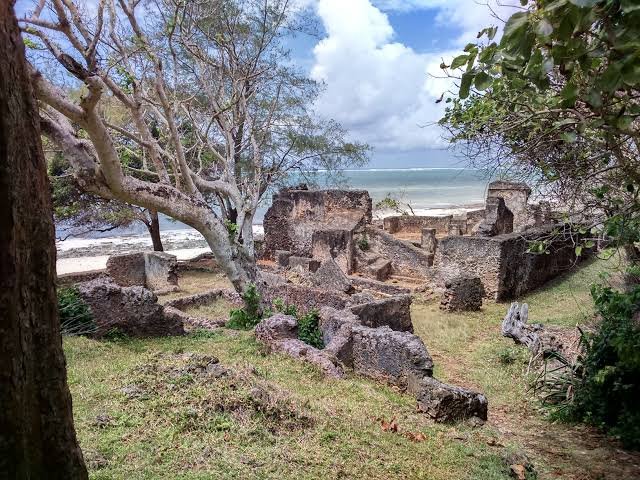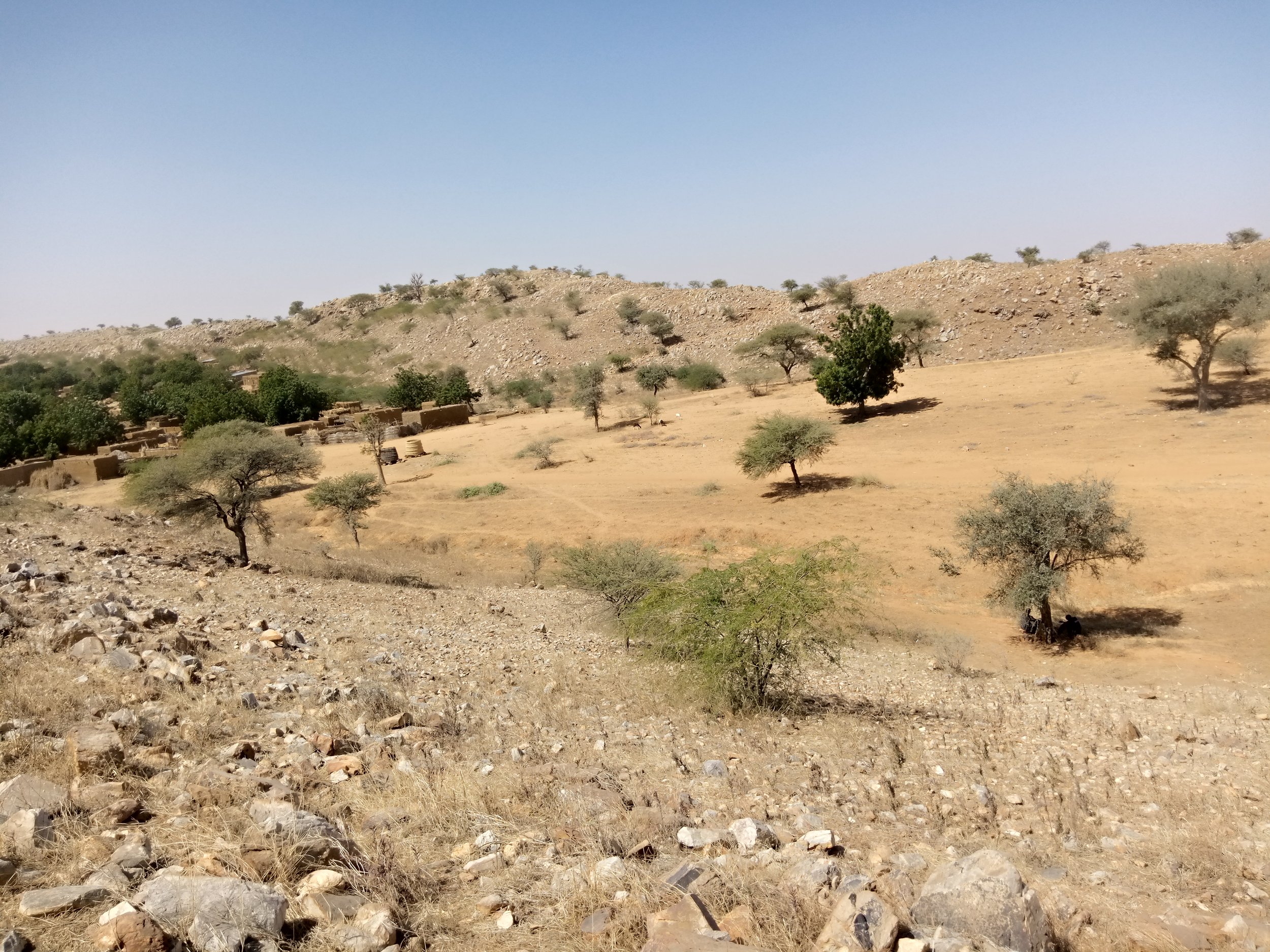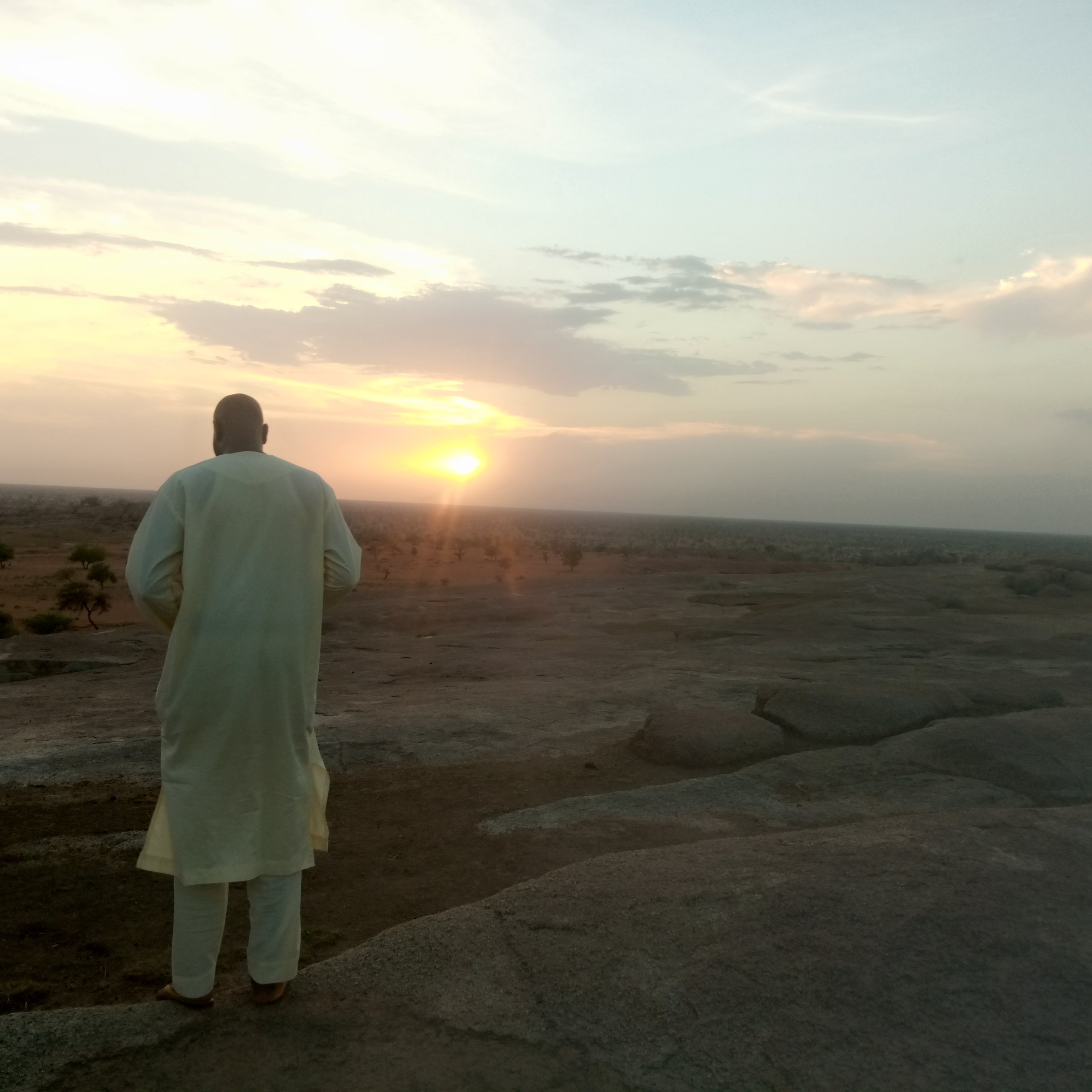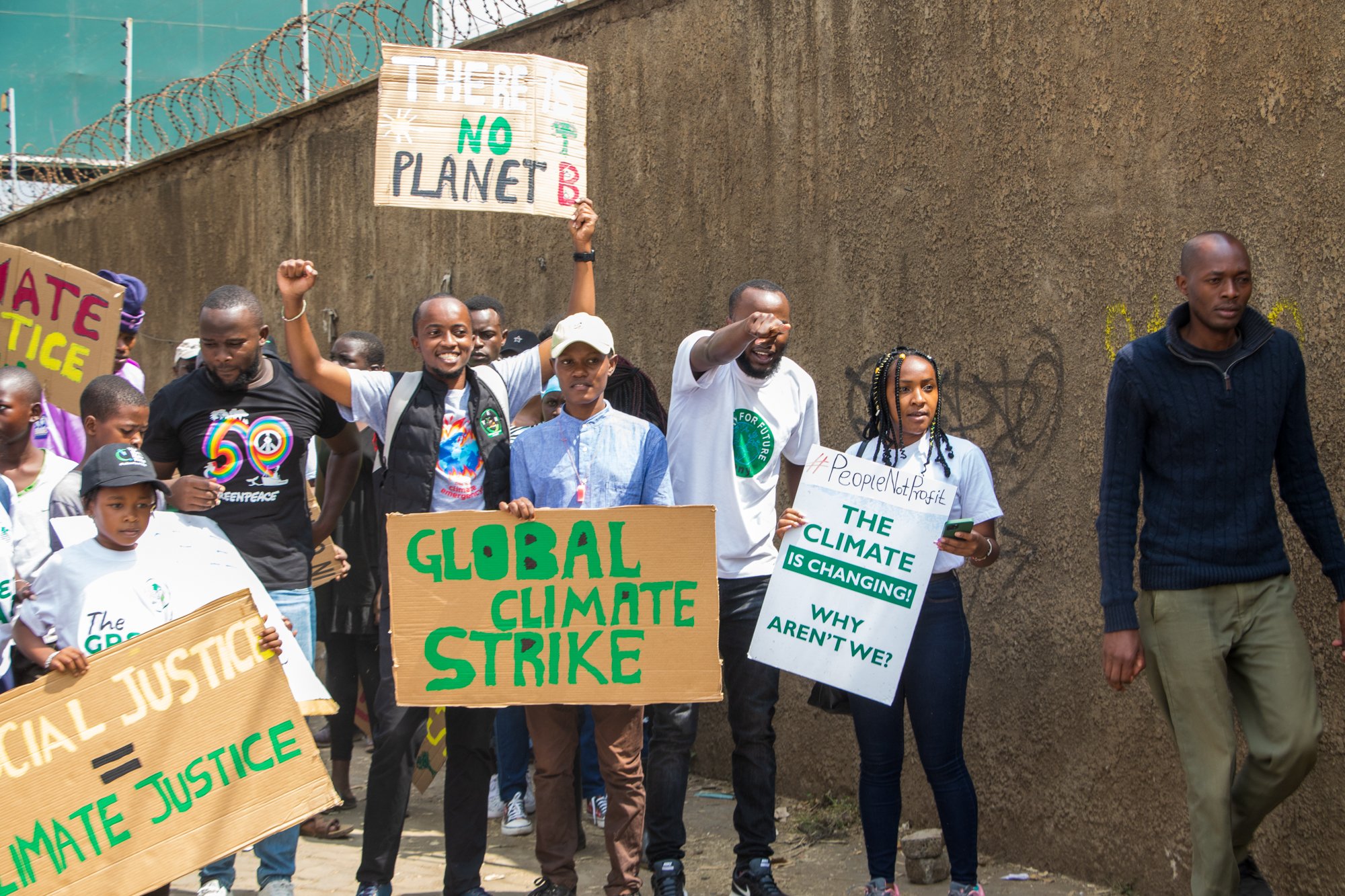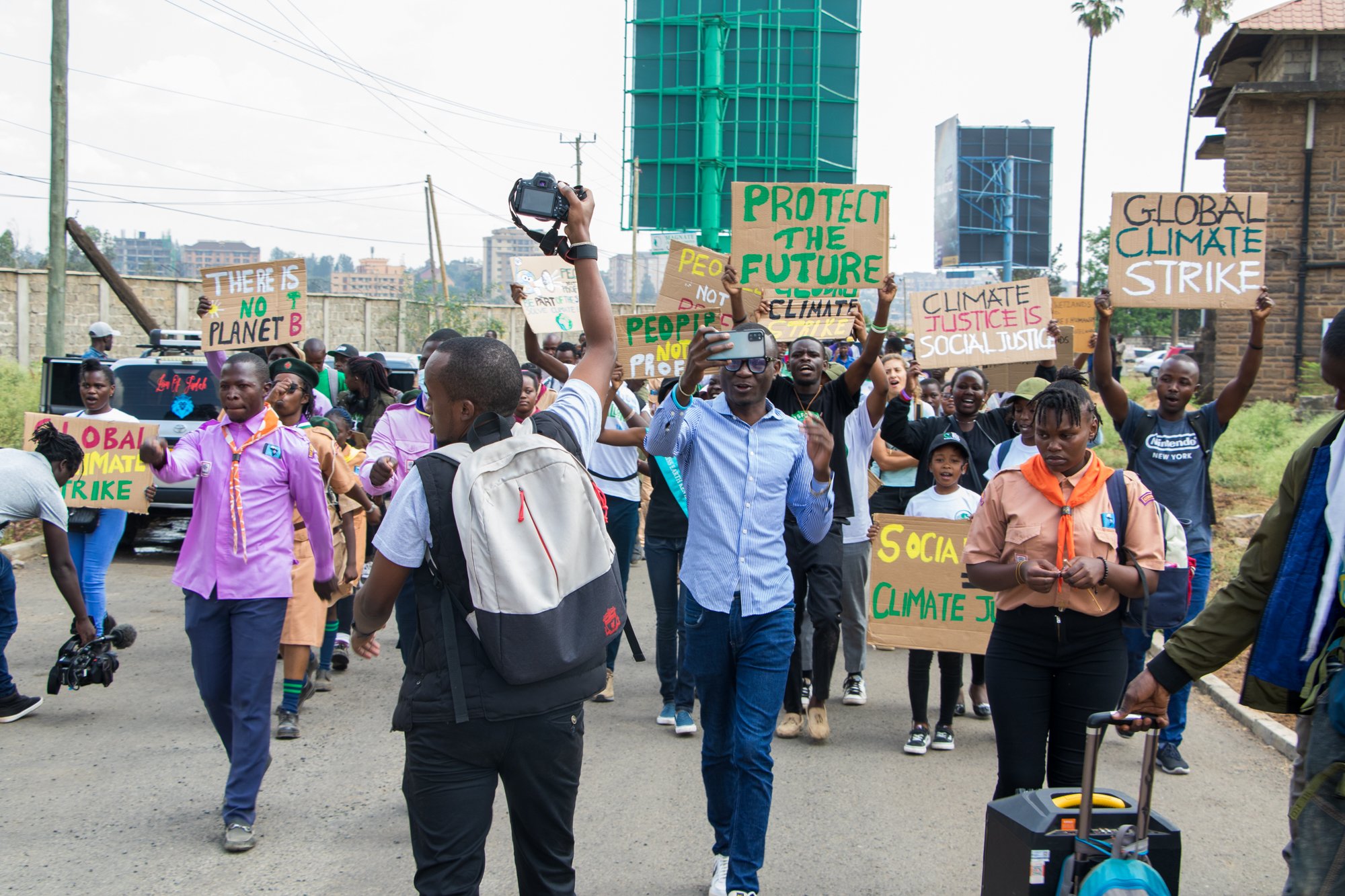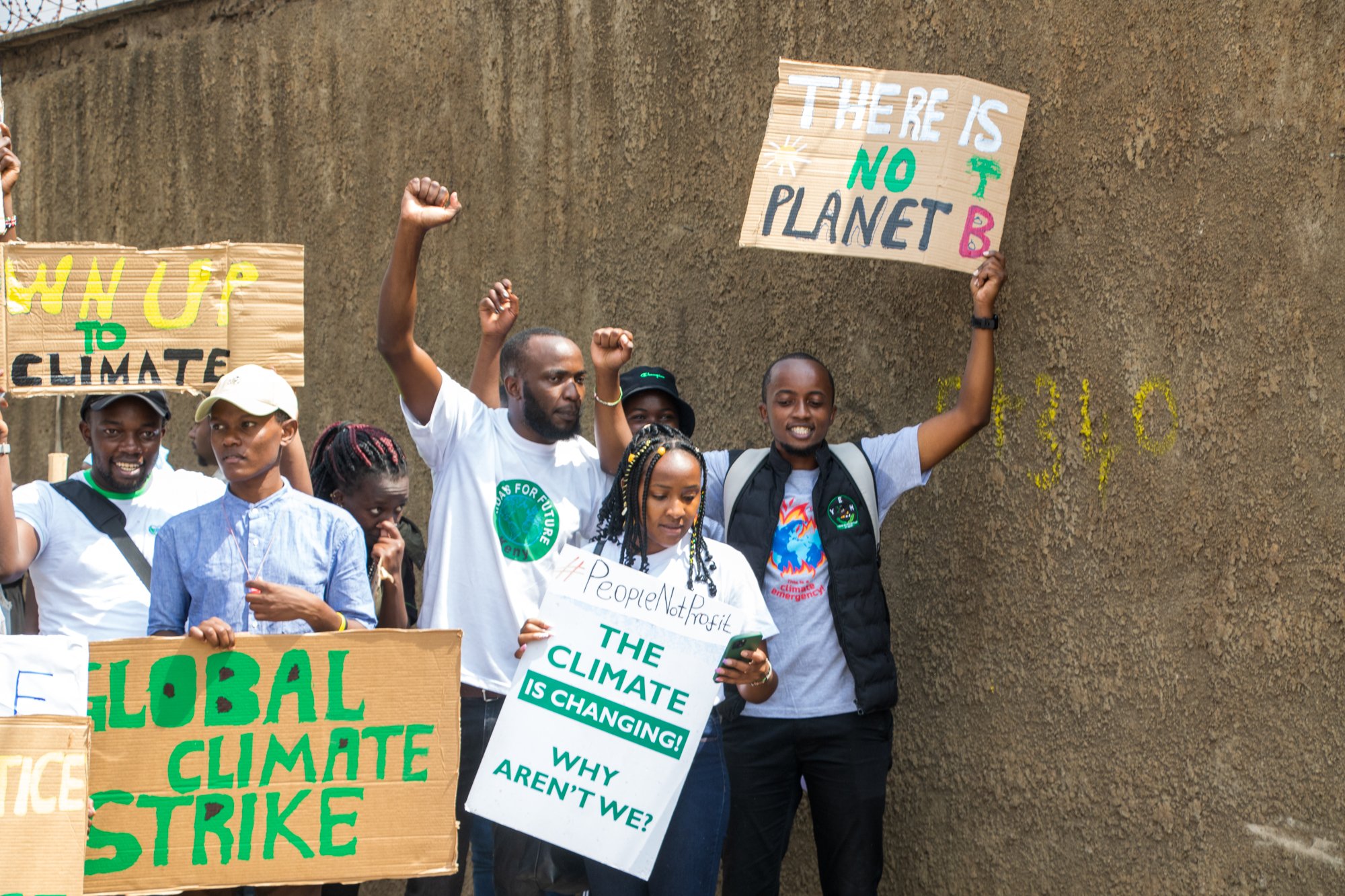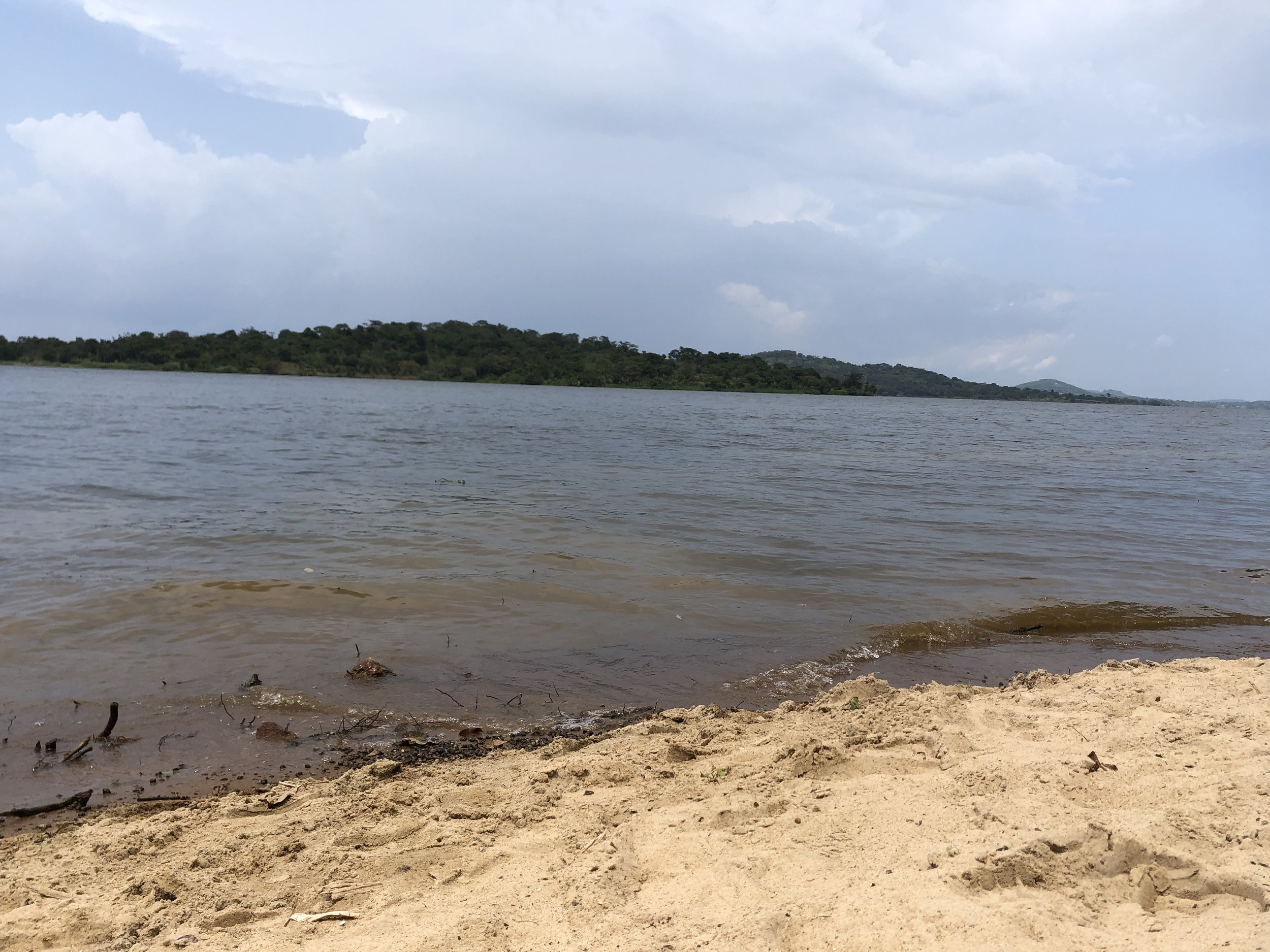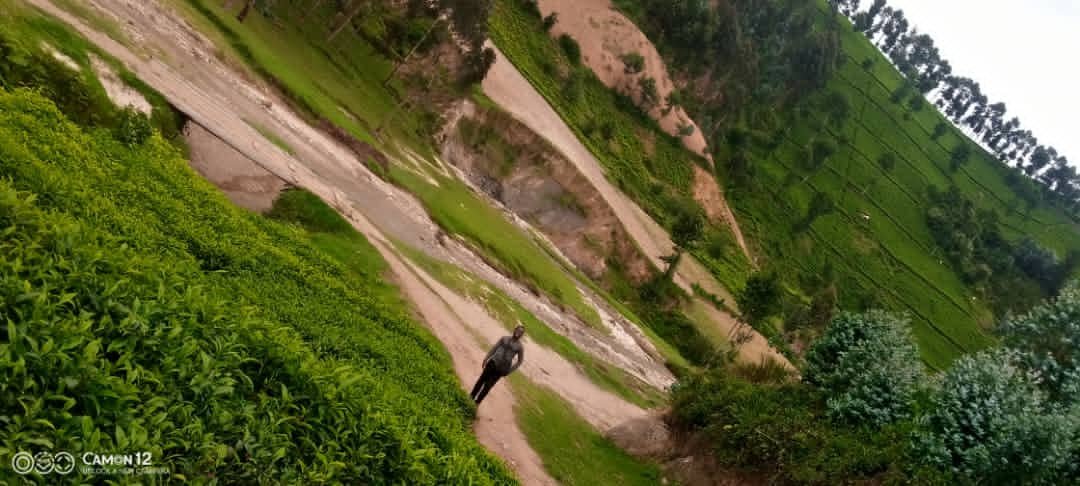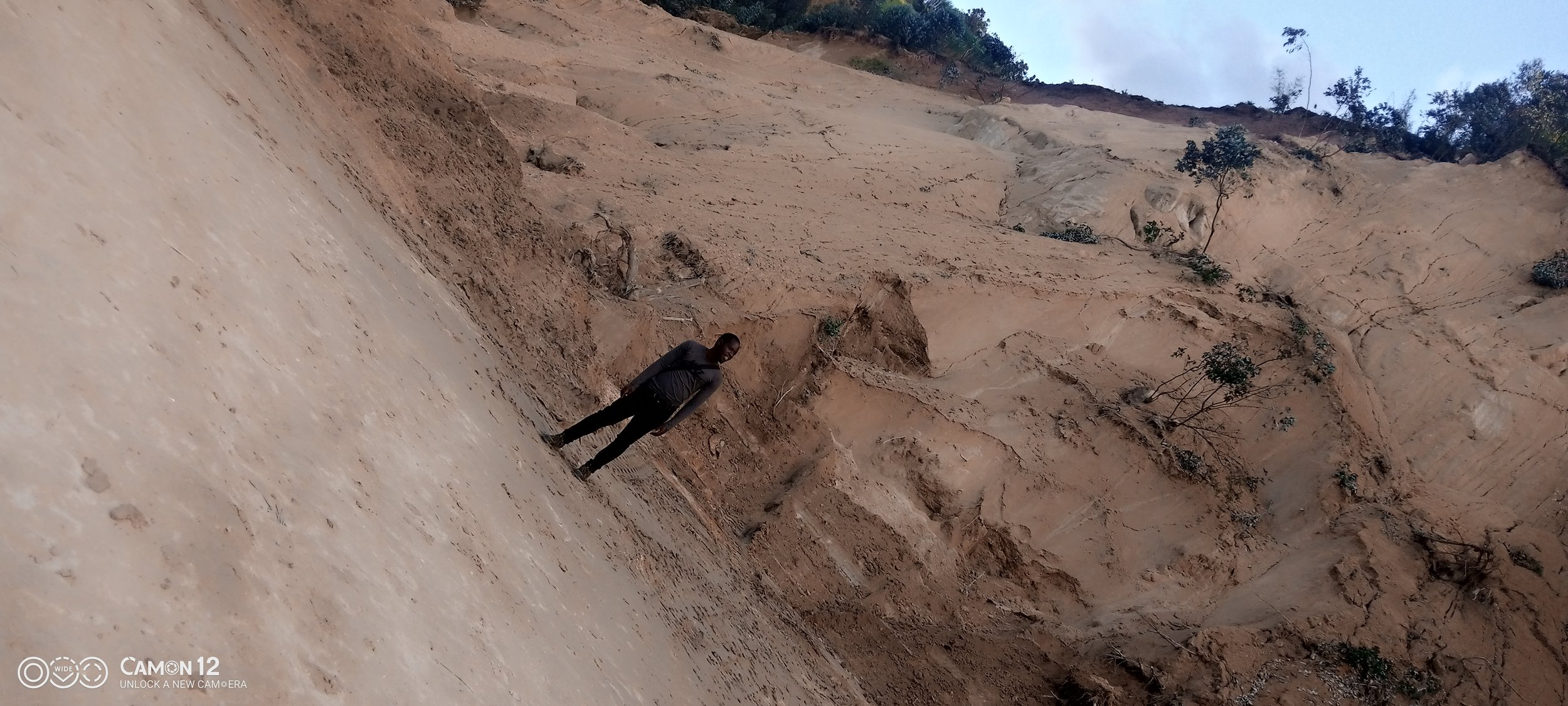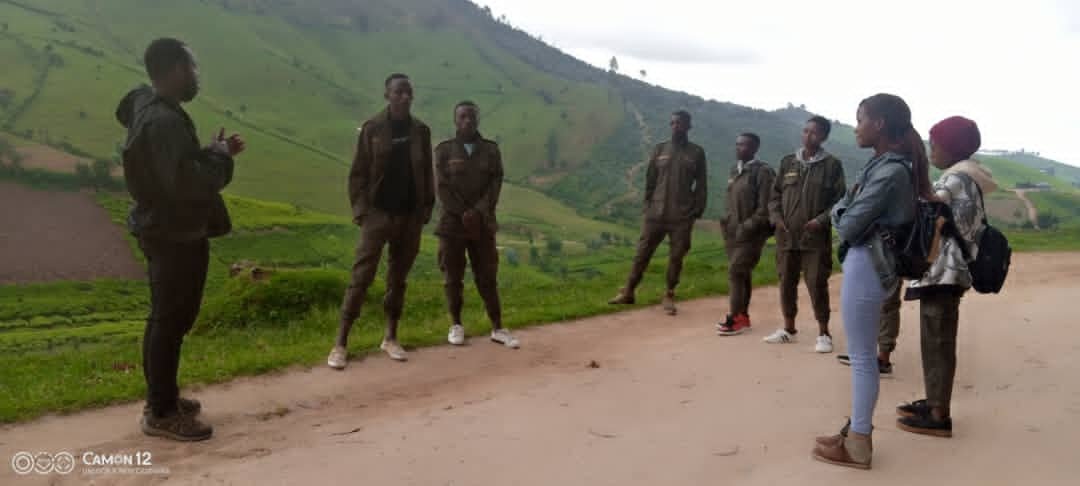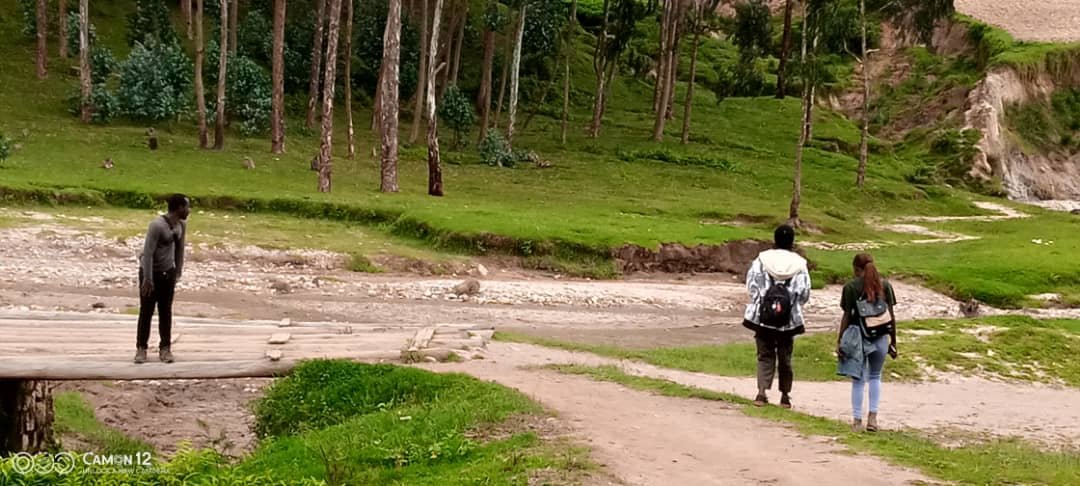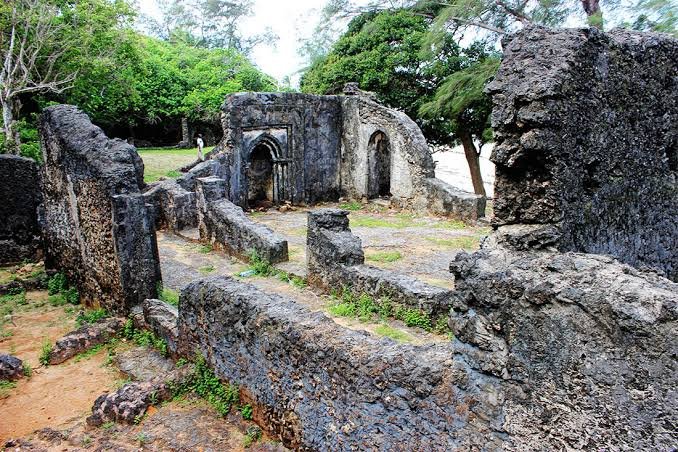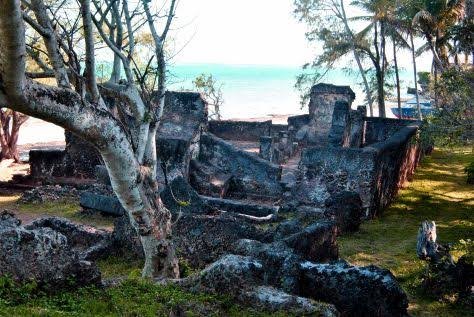#PhotoChallenge: April 2022
Earth is what we all share in common
Protecting our precious planet has to be everyone’s business
How fast can a year really go by? Big question - and yes, April is here with us. A month to reflect on our precious planet, Earth. And as you can imagine, we are at it like never before. Our mission: to bring to you our amazing landscapes content on the beauty of Afrika, and inspire more action, connection and pride in the region.
Take a read!
Ibrahim Inusa, Nigeria
The Climate emergency is putting our people at risk of extinction on the deserts.
So many people do not associate life with the desert, one can get inspired by the outlook of the landscape and horizons, its features oases that show resilience and especially those close to highlands.
Orieny Japheth, Kenya
Pictured: Orieny leads a climate strike in Nairobi, Kenya.
We are living under a majorly flawed socio-economic model which is in desperate need of replacement. Effects of Climate Change are not just a story in Afrika, as one of the many African countries, Kenya contributes the least to the climate crisis. Here in Kenya, we have seen it all, from the pollution of rivers and lakes (Dandora dumpsite, polluted Nairobi River), erratic and unpredictable rainfall leading to famine and drought, floods and swelling of lakes (Baringo, Nakuru and Bogoria), food insecurity and unsustainable food systems, deforestation and illegal logging activities...
These are among the problems that made us youths and children strike in the streets of Ruaraka, Nairobi, Kenya. We think it's past time the government, corporations, investors, industries and businesses put People first and Not Profits. Ruaraka residents in Babadogo, Luckysummer, Gomongo, Riverside and Mathare live near one of the largest dumpsters in the world (Dandora Dumpsite). Most Affected people and areas like Ruaraka community are vulnerable to various problems from emissions resulting in the burning of plastics, poor living conditions and the polluted Nairobi River.
We must ask for better governance, responsible and sustainable investment plans, corporate social responsibility from corporations and businesses, strict policies and legal instruments to protect our landscapes, heritage and wildlife. #PeopleNotProfits is the message we as Kenyan youths are sending. We must be listened to.
In order to #BeatPlasticPollution, clean up our rivers and lakes, restore our landscapes and better our lives as a people. We must lead by developing our own homegrown solutions by tapping into the rich indigenous knowledge that we have, leveraging technological innovations and the creativity of youths.
Kwa umoja, twaweza Afrika!
Aiita Joshua, Uganda
The Great Lakes Region of Africa
With over 70% of the total Earth surface covered by water, these mainly constitute the coastal waters of the Globe- oceans and seas- with so much diversity of species of aquatic flora and fauna thriving within them.
Inland water systems, unlike coastal waters, often tend to be of greater benefit to members of adjacent communities surrounding them- fishing grounds, modified environments for subsistence agriculture, among others; the streams, rivers. Dwellers of the Great Lakes Region of Africa are no exception to the rule however.
Waving through the midst of the arms of the Rift valleys; Eastern and Western lie a prominent system of lakes and rivers that span them- running through East African countries of Uganda, Kenya, Tanzania and Rwanda- stretching far South into Zambia and Malawi. Among the lakes that constitute the Great lakes include Lakes; Victoria, Naivasha, Kyoga, Tanganyika, Kivu, Malawi among others, with Lake Victoria being the largest inland water body as well as source of the World's longest River, the Nile that spans over 6650km through countries of Uganda, South Sudan, Sudan, Egypt into the Mediterranean with distributaries in Ethiopia.
Pictures from the shores of Lake Victoria as captured from Munyonyo in Uganda
Leonard Iyamuremye, Rwanda
At my Visit in Western Part of Rwanda with fellow youth, my purpose was to train youth on the role of biodiversity conservation and associate threats. We visited different places, one where a landslide occured recently to see how naked mountains affected by flood and landslide,was a great experience to learn from. Landslides affect both humans, biodiversity, water and any other component of its environment, but simply there are a lot of solutions to mitigating it.
Normally, Rwanda is known to be the country of so many hills and special measures are being taken and will continue. Terracing is among the solutions we observed on different hills, tea plantations also help in mitigation of landslides while also beautifying the landscape for tourism attraction.
At the end of the day we learnt how landslides and erosion affect water and wetlands through runoff, where all slided materials cause water pollution and marine wildlife damage. So we realised that tree plantation, terracing and water control measurements are essentially needed and awareness as well is a motor specifically to young environmental practitioners and the public.
Peter Bulimo, Kenya
A photo taken along the beach in Mombasa, Kenya. A view of the ocean in the background.
With only a few months to my birthday, I deemed it fit to go unwind along the Kenyan coast. My curious adventurous spirit led me to jumba ruins- one of Kenya's most significant historical sites of the preclinical period.
Jumba ruins is a 600yr old village believed to have been home for slaves during the precolonial era. Though no written evidence of the site exists, ceramic evidence indicates it was constructed around the 14th century. The site is home to the ruins of several houses, three mosques, and a tomb, believed to be that of the sultan who ruled the place. It is a peculiar reminder of early Swahili history, including how they lived and the types of economic activities they engaged in at the time.
Historians believe the site was later abandoned around the 15th century owing to lack of freshwater, disease outbreaks and the inter-community conflicts. The settlement was built using locally available coral rock and sand. Today, the ruins is a popular site for picnics, meditation, weddings as well as a study site for history students.
However, one cannot help worrying about the sustainability of the site given the adverse effects of climate change that are manifesting within. The ruins are in danger of being submerged by the ever rising ocean levels. Further, heavy old trees keep falling on the already crumbling remaining coral walls of the ancient houses. Unpredictable, extreme weather events including flush floods to the site, which is yet to be reinforced, only exacerbate the crisis further. This should be a wake up call to the government and relevant stakeholders to save this precious site from near extinction #PreciousPlanet
This work has been a wonderful contribution from Afrika Global Ambassadors namely; Orieny, Joshua, Ibrahim, Leonard, Bulimo.
Compiled by: Kaluki

